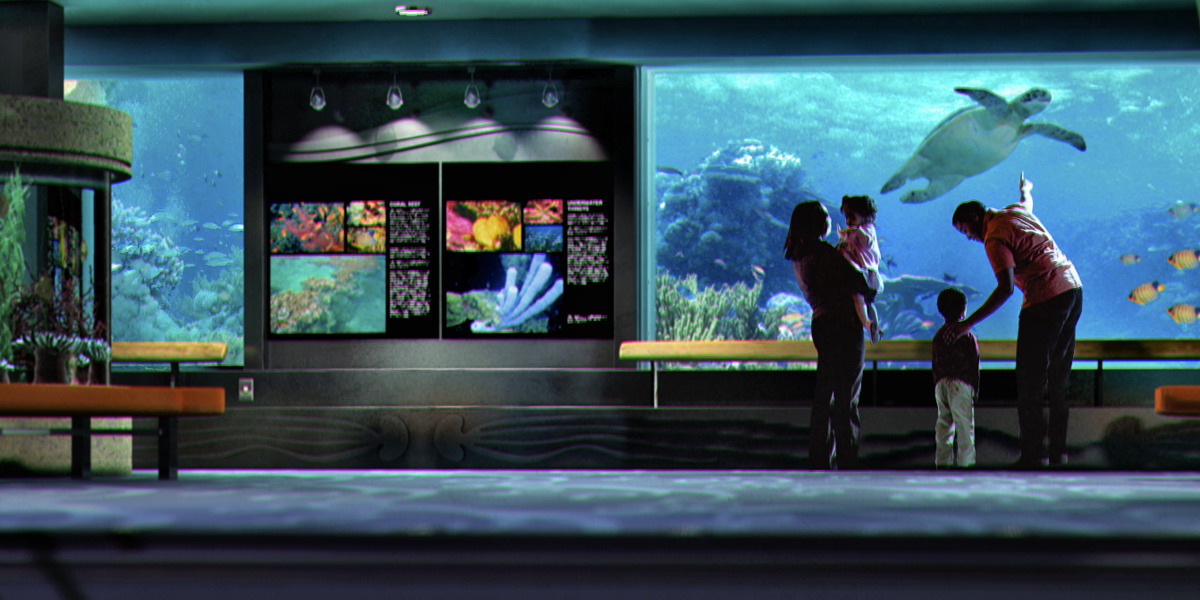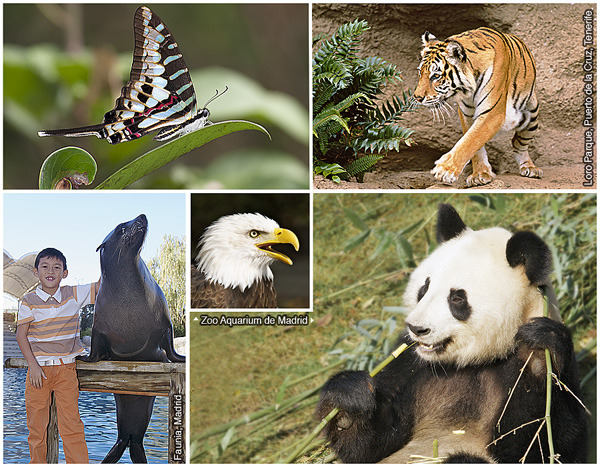
Three thousand years ago, a Chinese emperor created a park and called it the
Garden of Intelligence. The park had many live animals on display and
covered an area of 1,500 acres (607 ha). Back then, such a park must
have been a rarity.
Today,
however, zoos are accessible to millions of people worldwide. In a
world where natural areas are shrinking and populations are increasingly
urbanized, for many people zoos have become the most accessible place
to get in touch with wildlife.
What a Modern Zoo Can Offer
Zoos
offer visitors the opportunity to see some of the earth’s most
attractive and impressive animals in a reasonably natural setting. You
may see brilliant butterflies fluttering in a tropical garden or
penguins getting a shower of ice in an enclosure that mimics the frozen
wastes of the Antarctic.
You may
walk through a miniature equatorial forest and spot some of the animals
and birds that live in that habitat. Or you might enter a darkened
chamber to observe animals that are active at night. In some zoos you
can even see exhibits of birds of prey in flight or watch dolphins
performing their own aerial acrobatics. The cages that used to house
dangerous animals have made way for open-air enclosures with moats that
separate the wild creatures from the public.
Both Sides of a Controversy
Some
animal-rights activists question whether species should be taken from
the wild and confined in unnatural environments. Activists argue that
zoos restrict the animals’ movements and disrupt their instinctive
behavior.
In reply
to this criticism, zookeepers say that they carry out a vital role in
conservation and education. Some surveys indicate that
effective zoo exhibits do indeed increase public awareness of the need
to protect endangered species.
Some rare species
Unlike
the pandas, many animals do breed freely in zoos, thanks to improved
conditions and good veterinary attention. Successful breeding programs
have helped answer critics who argue that zoos should not be involved in
the trade of endangered species. Apart from maintaining a pool of
animals for exhibition, many zoos also try to breed endangered animals
in the hope that they can eventually be reintroduced into the wild.
A
principal cause of extinctions in the wild is the loss of habitat. Thus,
zoos have become actively involved in funding conservation programs,
working directly with wildlife sanctuaries in tropical countries.
The Face of Nature
Since
most children have a natural fascination with animals, a weekend or
vacation visit to a zoo by the whole family offers parents the
opportunity to teach their children about Animals. They can
together gaze at the face of nature.
A
visit to the zoo can also enhance our respect for and awareness of the
wonderful creatures that inhabit our fragile planet.
